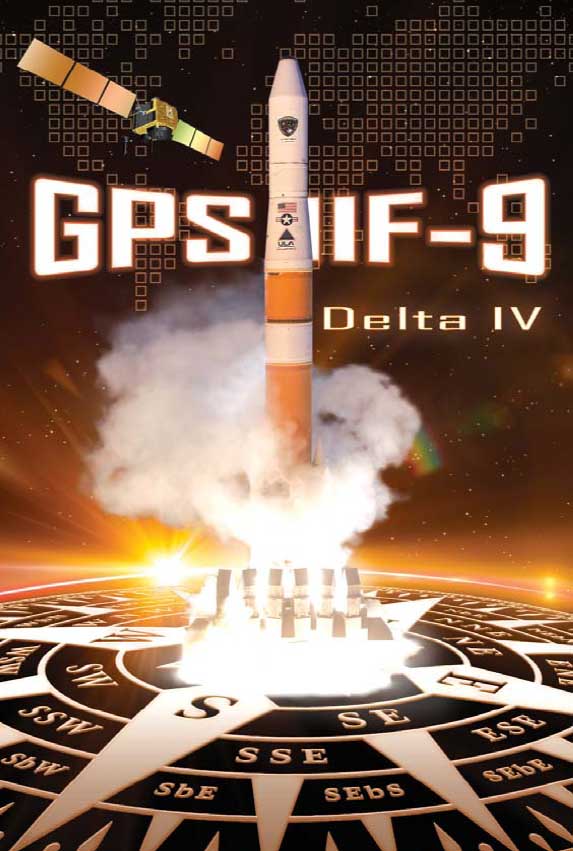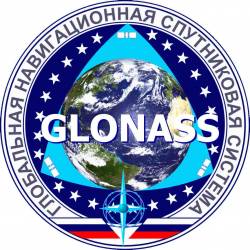 United Launch Alliance graphic
United Launch Alliance graphicFour GNSS satellites will be launched during the coming week: a GPS Block IIF, two full operational capability (FOC) Galileo spacecraft, and an Indian Regional Navigation Satellite System (IRNSS) satellite.
Four GNSS satellites will be launched during the coming week: a GPS Block IIF, two full operational capability (FOC) Galileo spacecraft, and an Indian Regional Navigation Satellite System (IRNSS) satellite.
United Launch Alliance (ULA) will send the ninth GPS IIF into space on Wednesday (March 25, 2015) from Cape Canaveral, Florida; a Russian Soyuz rocket will lift the Galileo FOC 3 and 4 into orbit from Korou, French Guiana on Friday, March 27; and India’s Polar Satellite Launch Vehicle will carry the fourth IRNSS payload from Satish Dhawan Space Center on Saturday, March 28.
The Air Force Second Space Operations Squadron (2 SOPS) indicates that IIF-9 (identified by space vehicle and pseudorandom noise code, respectively, as SVN-71/PRN-26) will replace SVN-35 (currently being operated in Launch, Anomaly Resolution and Disposal Operations or LADO status) in the B plane slot 1F.
Meanwhile, SVN-38/PRN-08 will be taken out of the operational constellation prior to SVN-71 payload initialization and sent to LADO. PRN-08 will be assigned to SVN-49 in May and set to test, but is tentatively scheduled for assignment to IIF-10 to launch on June 16. SVN-35, launched on August 30, 1993, has been in a residual status since March 2013 in an expanded node slot in the B plane, having served 21.5 years, 14.0 years beyond its designed service life.





